Understanding the Significance of Insole Liners
Insole liners, often termed as insoles or shoe inserts, are additional layers placed inside shoes to provide enhanced comfort, support, and functionality. These liners serve as a buffer between the foot and the shoe, offering various benefits that cater to both comfort and foot health.
Exploring Insole Liners
Insole liners are removable inserts that fit inside shoes, designed to improve cushioning, support, and moisture management. They come in various materials and designs to address specific foot-related issues or enhance the overall shoe-wearing experience.
Importance and Purpose
The primary purpose of insole liners is to augment the comfort level of footwear. They also serve to address foot-related problems such as arch support, cushioning impact, and moisture control. Additionally, they can extend the lifespan of shoes by reducing wear and tear on the shoe’s original insole.
Types of Insole Liners
Insole liners are categorized based on the materials they are made of and their functional aspects.
Material-based Categorization
Foam
Foam insole liners are typically made of materials like EVA (ethylene-vinyl acetate) or memory foam. They offer excellent cushioning, conforming to the shape of the foot, and distributing pressure evenly.
Gel
Gel-based insole liners contain gel pads strategically placed to absorb shock and provide additional support. They are known for their ability to provide cushioning and alleviate discomfort in specific pressure points.
Fabric
Fabric insole liners often incorporate moisture-wicking properties, drawing sweat away from the foot and maintaining a dry, comfortable environment inside the shoe.
Function-based Categorization
Cushioning
Insole liners designed for cushioning focus on providing extra padding and shock absorption, reducing strain on the feet during activities like running or standing for extended periods.
Support
Supportive insole liners are crafted to offer arch support, helping individuals with flat feet or high arches to maintain proper foot alignment and alleviate related discomfort.
Moisture-wicking
These insole liners prioritize managing moisture, preventing the build-up of sweat and odor within the shoe. They are often made with breathable materials that aid in keeping feet dry and fresh.
Benefits of Insole Liners
Insole liners provide an array of advantages that contribute to overall foot comfort, health, and shoe longevity.
Enhanced Comfort
The primary benefit of insole liners is the elevated level of comfort they offer. They relieve strain on the feet and lessen weariness and pain by providing an additional layer of cushioning and support, especially while standing or walking for lengthy periods of time.
Improved Shock Absorption
Insole liners, particularly those with gel or foam padding, excel in shock absorption. With each stride, they absorb the force on the foot, reducing joint stress and the chance of ailments like shin splints or heel discomfort.
Odor Control and Moisture Management
Insole liners crafted with moisture-wicking materials help control odor by keeping the feet dry. By absorbing and dissipating sweat, these liners prevent the growth of odor-causing bacteria and fungi, thereby maintaining a fresher and more hygienic shoe environment.
Extended Shoe Lifespan
By acting as a barrier between the foot and the shoe, insole liners reduce friction and wear on the shoe’s original insole. This not only prolongs the life of the shoe but also maintains its structural integrity, ensuring a consistent level of comfort over time.
How to Choose the Right Insole Liner
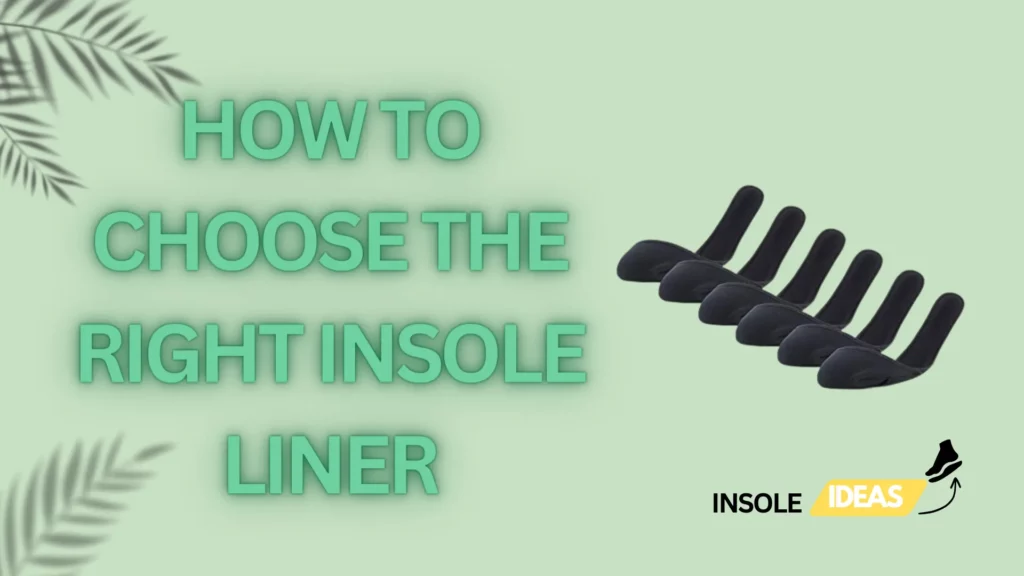
Selecting the appropriate insole liner involves considering various factors, including foot type, intended activities, shoe compatibility, and proper fitting.
Foot Type Considerations
Individuals with different foot arches (flat, neutral, or high) require insole liners tailored to provide the necessary support or cushioning. Assessing foot type helps in choosing the right level of arch support or cushioning.
Activity-Specific Needs
The choice of insole liners may vary based on the activities they’re intended for. For instance, athletes might require insoles offering superior shock absorption, while those working long hours may prioritize comfort and fatigue reduction.
Shoe Compatibility
Insole liners come in various shapes and sizes. Ensuring compatibility with the shoe’s dimensions is crucial for a proper fit and optimal performance.
Sizing and Fitting Tips
Proper sizing is vital for insole effectiveness. Insole liners often come in different sizes or can be trimmed to fit. It’s essential to follow manufacturer guidelines for sizing and fitting or seek professional guidance for the right fit.
Sizing and Fitting Tips
Proper sizing is vital for insole effectiveness. Insole liners often come in different sizes or can be trimmed to fit. It’s essential to follow manufacturer guidelines for sizing and fitting or seek professional guidance for the right fit.
Popular Brands and Products
Several brands offer a wide range of insole liners, each with distinct features and qualities that cater to diverse needs and preferences.
Highlighting Key Brands
Superfeet: Known for their contoured insoles providing excellent arch support and comfort for various activities.
Dr. Scholl’s: Offers a range of affordable insole liners focusing on comfort, cushioning, and targeted pain relief.
Sof Sole: Provides a variety of insole liners designed for specific activities like running, hiking, or work boots, emphasizing support and durability.
Powerstep: Specializes in orthotic insole liners suitable for individuals with specific foot conditions, offering customized support and stability.
Consumer Reviews and Feedback
Consumers often praise Superfeet for their durability and effective arch support, with many noting reduced foot pain after using their insole liners. Dr. Scholl’s receives positive feedback for immediate comfort and pain relief, particularly for individuals spending long hours on their feet. Sof Sole’s moisture-wicking properties and durability resonate well with users engaged in athletic activities. Powerstep garners acclaim for providing relief from conditions like plantar fasciitis, garnering high ratings for support and stability.
Maintenance and Care Tips
To ensure the longevity and efficacy of insole liners, proper maintenance and care are essential.
Cleaning Instructions
Most insole liners can be hand-washed with mild soap and water. To avoid moisture buildup, let them air dry fully before putting them back in the shoes.
Storage Recommendations
Store insole liners in a cool, dry place away from direct sunlight to maintain their structural integrity and prevent any damage or warping.
Lifespan Expectations
The lifespan of insole liners varies based on usage frequency and the materials they’re made of. Generally, they might need replacement every six months to a year for optimal performance and hygiene. Examine them frequently for indications of deterioration to determine whether a replacement is required.
Conclusion
Insole liners serve as an invaluable addition to footwear, offering a myriad of benefits that significantly enhance comfort, support, and foot health.
From improved comfort through cushioning to enhanced shock absorption and moisture management, insole liners play a crucial role in minimizing foot fatigue, preventing injuries, and maintaining a hygienic shoe environment. They also contribute to extending the lifespan of shoes by reducing wear and tear.
Recommendations
Choosing the right insole liners depends on individual needs, foot type, and intended activities. Seeking advice from podiatrists or shoe specialists can aid in selecting the most suitable liners for optimal comfort and support.

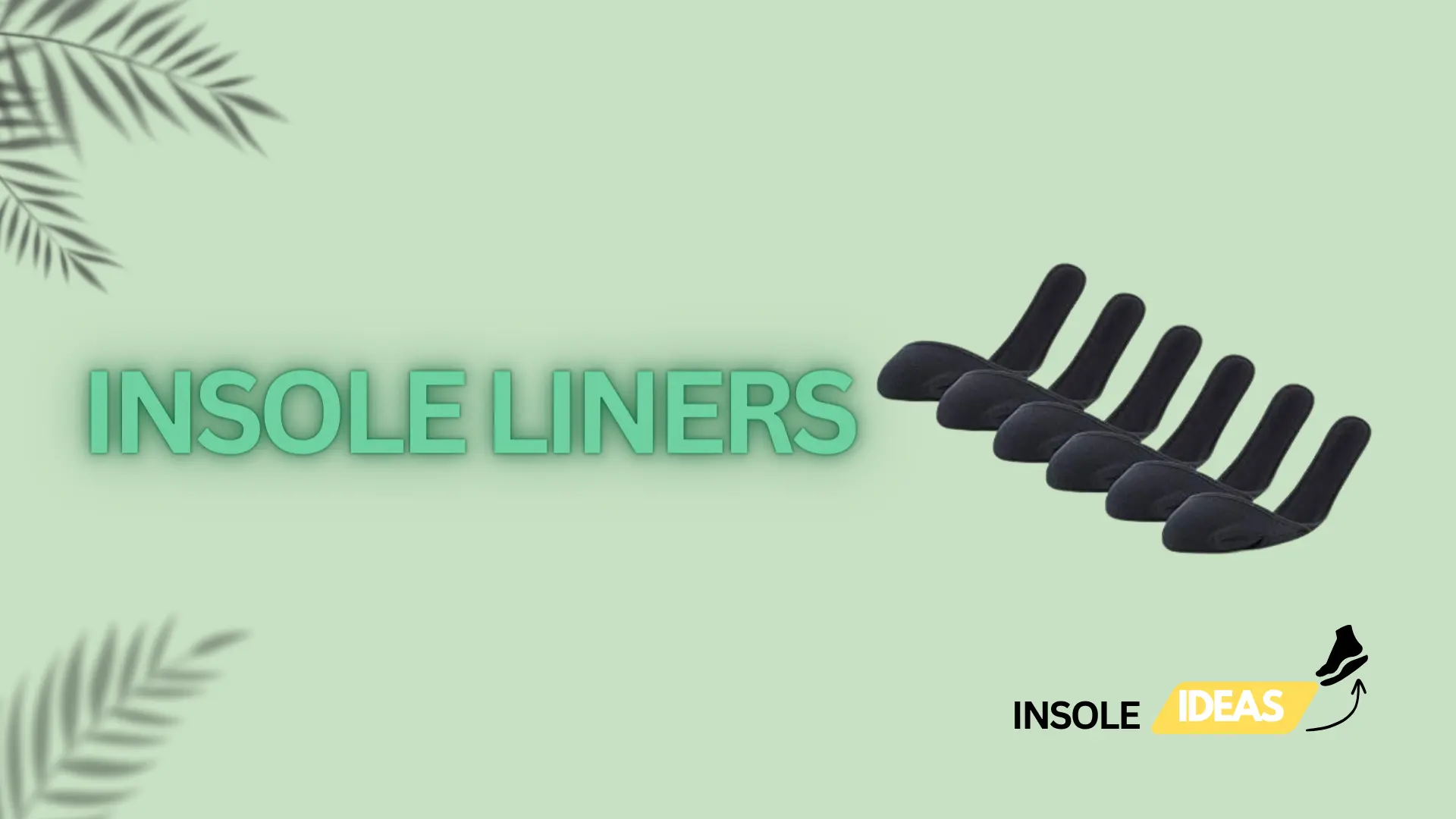
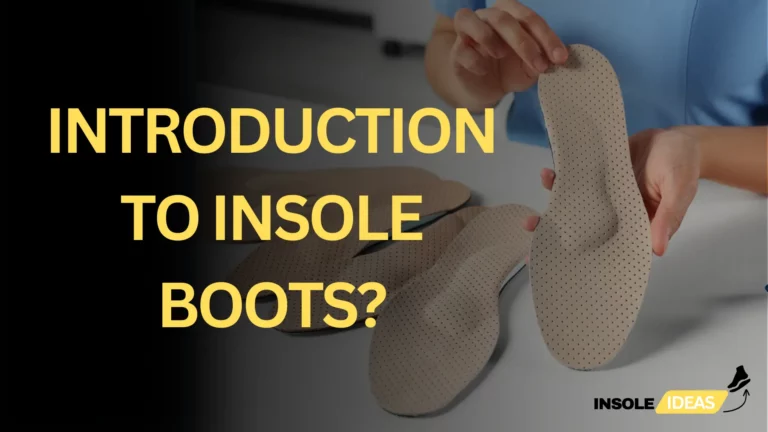
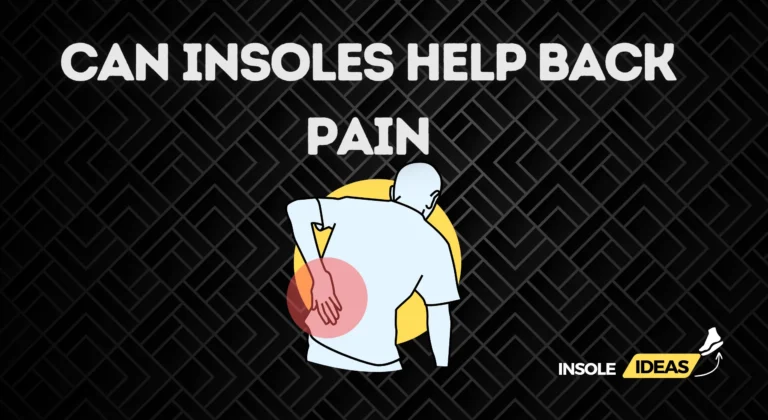
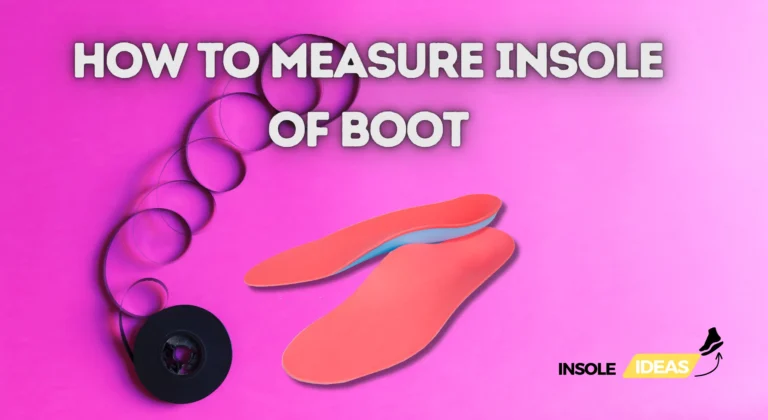
One Comment